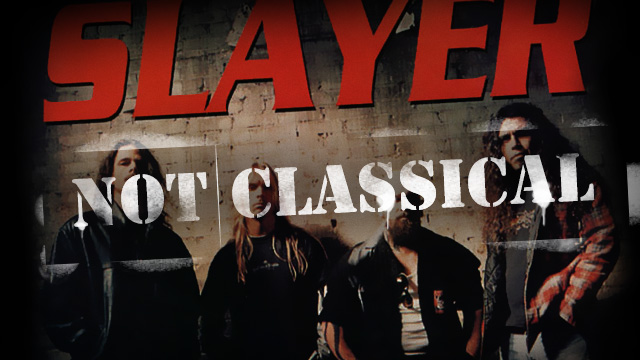Divide & conquer makes quantum light a breeze to detect
Ars Technica » Scientific Method 2013-05-17

These days, when physicists talk about light they like to divide it into two categories: classical and non-classical. Of course classical light is the boring, everyday stuff that anyone gets delivered to their doorstep roughly 12 hours every day. But non-classical light is harder to get hold of and, for physicists, obtaining non-classical light states seems to be just one step short of world domination (provided your definition of world domination involves doing quantum cryptography and quantum computing).
But like cheap knock-off goods, genuine non-classical light can be hard to distinguish from ordinary, old-fashioned classical light. Until now that is. A group of researchers, mainly from Oxford, have figured out a new way to distinguish the two brands of light. It is very clever and relatively simple. So simple that I just have to tell you all about it.
Classical/non-classical? And who cares?
The difference between classical and non-classical light states is one of statistics. Classical light sources behave one way, and non-classical light sources don't. The primary example of this is bunched and anti-bunched light.
Read 13 remaining paragraphs | Comments